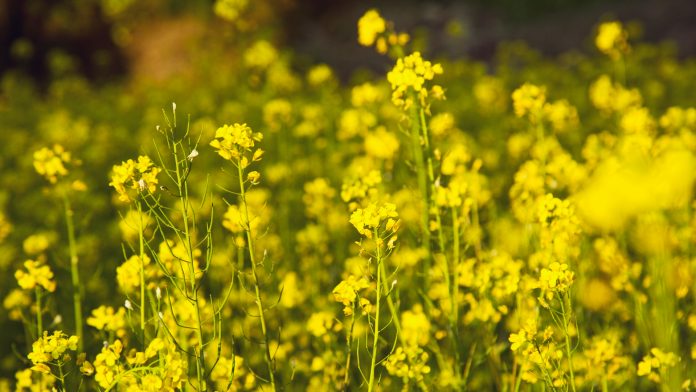A team of researchers have utilised an enzyme that originates in agricultural waste in order to produce an important additive in laundry detergents.
By utilising an enzyme made from a by-product of mustard seeds, an international team of researchers hope to create a low-cost natural lipase.
When commenting on the study, Dr Pattanathu Rahman, a microbial biotechnologist from the Centre for Enzyme Innovation at the University of Portsmouth, said: “We further investigated suitability of the lipase enzyme in detergent formulations.
“Anoxybacillus sp. ARS-1 produced lipase was found to be stable and resist almost all chemical detergents as well as common laundry detergent such as Ezee, Surf, Ariel and Ghadhi, proving it to be a prospective additive for incorporation in the new detergent formulations.”
Lipase is one of the most rapidly growing industrial enzymes in the market and is worth $590.5m. However, the cost of biotechnologically produced lipases has always been a challenge, mainly due to the high cost of feedstocks.
How oil cakes are essential to using agricultural waste as laundry detergent
As published in the journal Preparative Biochemistry & Biotechnology, the research team examined a lipase produced from mustard oil cakes, which are the by-products of oil extraction from the mustard seeds. These oil cakes are a very good resource for growth of microbes to produce enzymes. They fermented the oil cakes with the bacteria Anoxybacillus sp. ARS-1, living in a tropical hot spring Taptapani, Odisha, India to produce the lipase enzyme.
Mustard are the third most produced oilseed crops in the world after soybean and palm oil seed. These seeds are produced in tropical countries such as Bangladesh, Pakistan and Northern India. The mustard oil extracted from the seeds are used as cooking oils. Oil cakes that are the by-products of oil extraction contain relatively high amounts of protein with small amounts of anti-nutritional compounds like glucosinolates and their breakdown products, phenolics and phytates.







